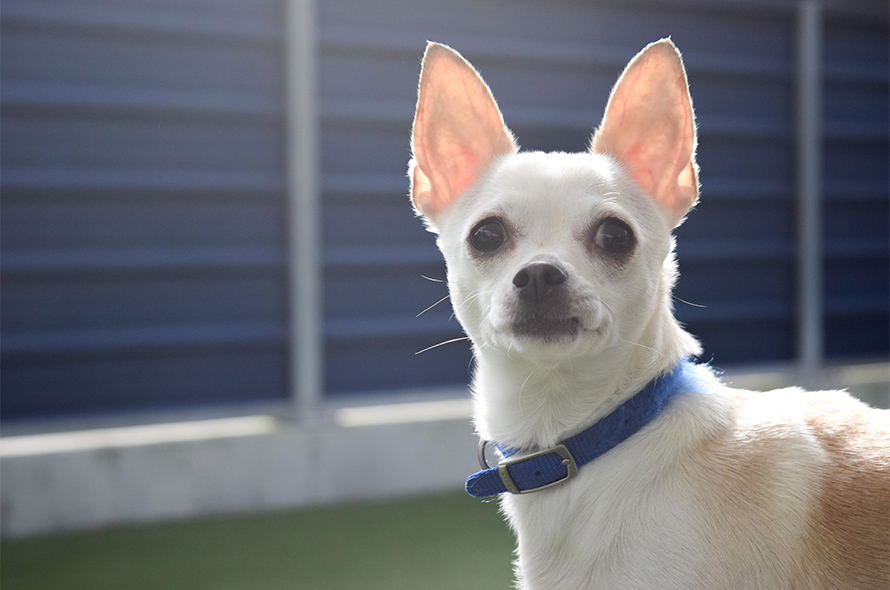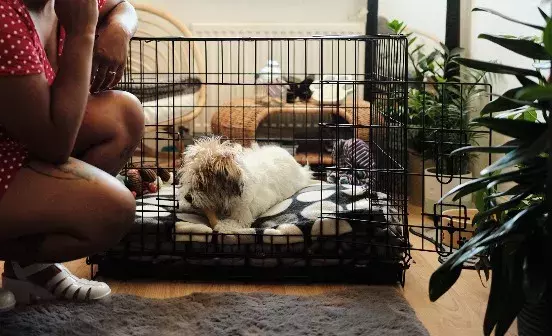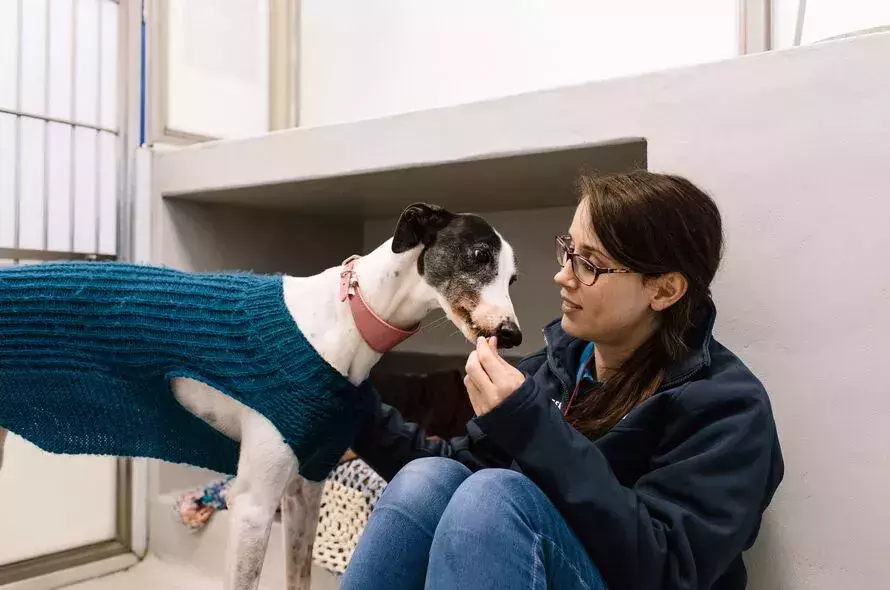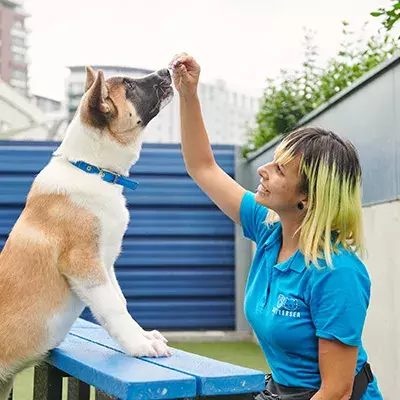If you have a reactive dog, it's important to understand how to manage them, to learn what may trigger them to react, and to spot the signs early to prevent this from happening.

Awareness of triggers
Dogs can be reactive to a range of triggers and it’s important to recognise which ones your dog is particularly reactive to. These triggers can include things like new people, children, or other dogs. Dogs may become reactive to certain things because they are worried, but sometimes this can be because they are excited or frustrated.
Recognising your dog’s threshold
After taking note of what your dog is reacting to, it is now important to recognise your dog’s threshold around the specific trigger. Threshold means the distance at which your dog can remain non-reactive away from the trigger. All dogs have a ‘bubble’ where they can be around the trigger but remain relatively relaxed. However, when their trigger enters their ‘bubble’, your dog will begin to react. You can work out your dog’s threshold by monitoring their behaviour.
Understanding your dog’s body language
It’s important to recognise the reason for your dog’s reactivity. For example, are they excited to meet a new dog or person? Or are they worried by the presence of them? We can recognise this by reading their body language.
Fearful dogs use their body language to communicate that they are uncomfortable and would like more space away from whatever it is they’re afraid of. Dogs that are fearful may show avoiding behaviours such as moving away, crouching, or turning their head away from whatever is making them worried. They can also show more subtle signs of being fearful, including lip licking, whale eyeing and pulling their ears back. If these signs are ignored, dogs can show more reactive behaviours such as growling, barking, and sometimes snapping towards whatever they are afraid of. A relaxed and friendly dog may have a loose wagging tail and no tension in their face or body.
As your dog starts to approach their threshold, you may start to notice more of these subtle behaviours before they begin to react. Recognising these signs will help you to manage your dog and move them away from the trigger before they start reacting.
Managing your dog’s reactivity
Once you can recognise your dog’s triggers and their threshold levels, you can begin to limit their exposure to the triggers. This will stop them from practicing the behaviour and help with training. You can avoid triggers by choosing alternative walking routes or times of the day you take your dog out. Similarly, you can avoid new people coming up to your dog in your home by separating them with a baby gate or by using another room. If it’s new people that worries your dog, you could ask them not to force an interaction with your dog when they come into your home.
If you are struggling to safely maintain your dog – whether in your home or out on a walk – we advise you seek advice from a behaviourist for support. You can also teach your dog to wear a muzzle.
How to calm a reactive dog
To help keep your dog calm and manage their reactivity, consider teaching them a ‘this way’ cue. This will help by giving your dog a call out cue that will essentially remove them from the area around the trigger. You can do this by incorporating the training into your loose lead walking training with your dog. This cue will act as an ‘emergency u-turn’ so you are able to quickly turn away from the trigger whilst saying your chosen cue word and have your dog follow you as you walk away.



